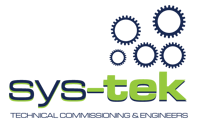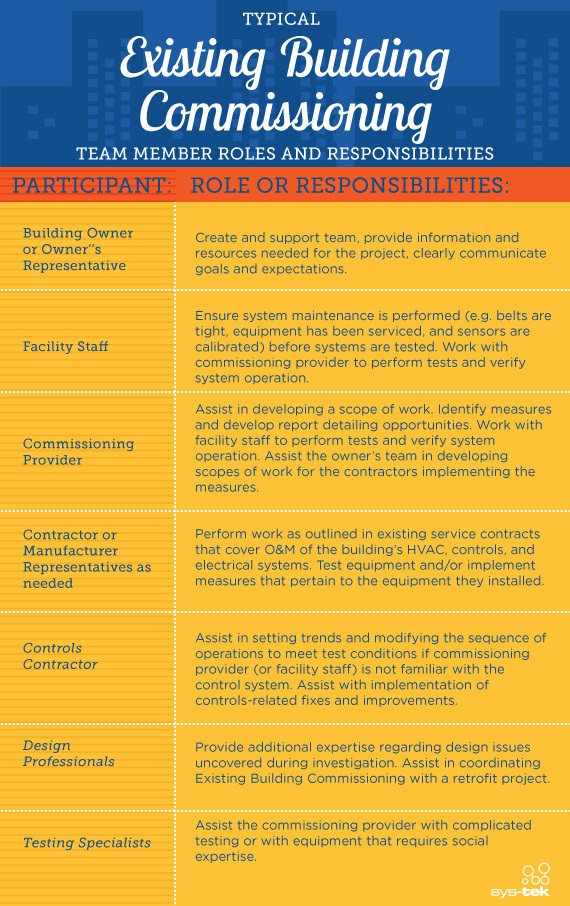Important energy management acronyms all building owners should know
Aug 25, 2016
 Building owners who work with commissioning firms have certain expectations when it comes to energy management. At the beginning of each project, goals are set and are reflected throughout the design phase as stated in the Owner’s Project Requirements (OPR) documentation.
Building owners who work with commissioning firms have certain expectations when it comes to energy management. At the beginning of each project, goals are set and are reflected throughout the design phase as stated in the Owner’s Project Requirements (OPR) documentation.
However, for uninformed owners, it can be difficult to keep up with the acronyms and other energy management lingo without a little research. It’s easy to misunderstand concepts or overlook details when you don’t fully understand what is being referenced. Commissioning firms and contractors speak a language all their own, and getting up to speed with the industry standard acronyms can help owners play a larger role in the process.
Questions about energy management? Contact sys-tek today to schedule your risk-free consultation.
Here are some of the common energy management acronyms that all building owners who work with building commission firms should be familiar with:
BUG — Backup generators
Backup generators play an important role in the design and construction phase of any building commissioning project. Additionally, businesses with backup generators may participate in demand response programs that will pay the business to use their backup generators when the electricity grid is experiencing high levels of stress.
LEED — The Leadership in Energy and Environmental Design Program
The LEED program and building rating system is the industry standard system for design and performance ratings for all green buildings. It was founded with the goal of setting simple, achievable standards for all buildings in regard to energy usage and performance. Ultimately, all new building construction projects use LEED as their standards guide.
ASHRAE — The American Society of Heating, Refrigerating and Air Conditioning Engineers standard
The ASHRAE standard is one that affects almost any building commissioning project. They have established three levels of audits that are designed to improve energy consumption in buildings with heating, refrigeration and air conditioning, while saving building owners money in the process.
FERC — Federal Energy Regulatory Commission
The Federal Energy Regulatory Commission is a federal agency that operates within the Department of Energy. They are responsible for regulating the transmission of gas, oil, and electricity between states.
DG — distributed generation
“Distributed generation” refers to electricity that is being generated from smaller energy sources that are geographically close to where the energy is actually being used. This has the benefit of reducing energy loss that is normally present when electricity has to travel long distances.
DSM — demand side management
“Demand side management” refers to strategies and partnerships that are designed to improve energy efficiency in buildings using demand response programs. Often, these systems will also use distributed generation to help meet energy needs.
These are just a few of the many acronyms that you will encounter when working with a new building commissioning firm, contractor, or construction company. While there are many more that you will encounter throughout a project, these are some of the most important. All building owners should try to familiarize themselves with some of the basic industry jargon so that they can be sure they understand all documentation and strategies fully before investing in a new building commissioning project.
Do you have questions about building commissioning? Contact us today to jumpstart the conversation.








